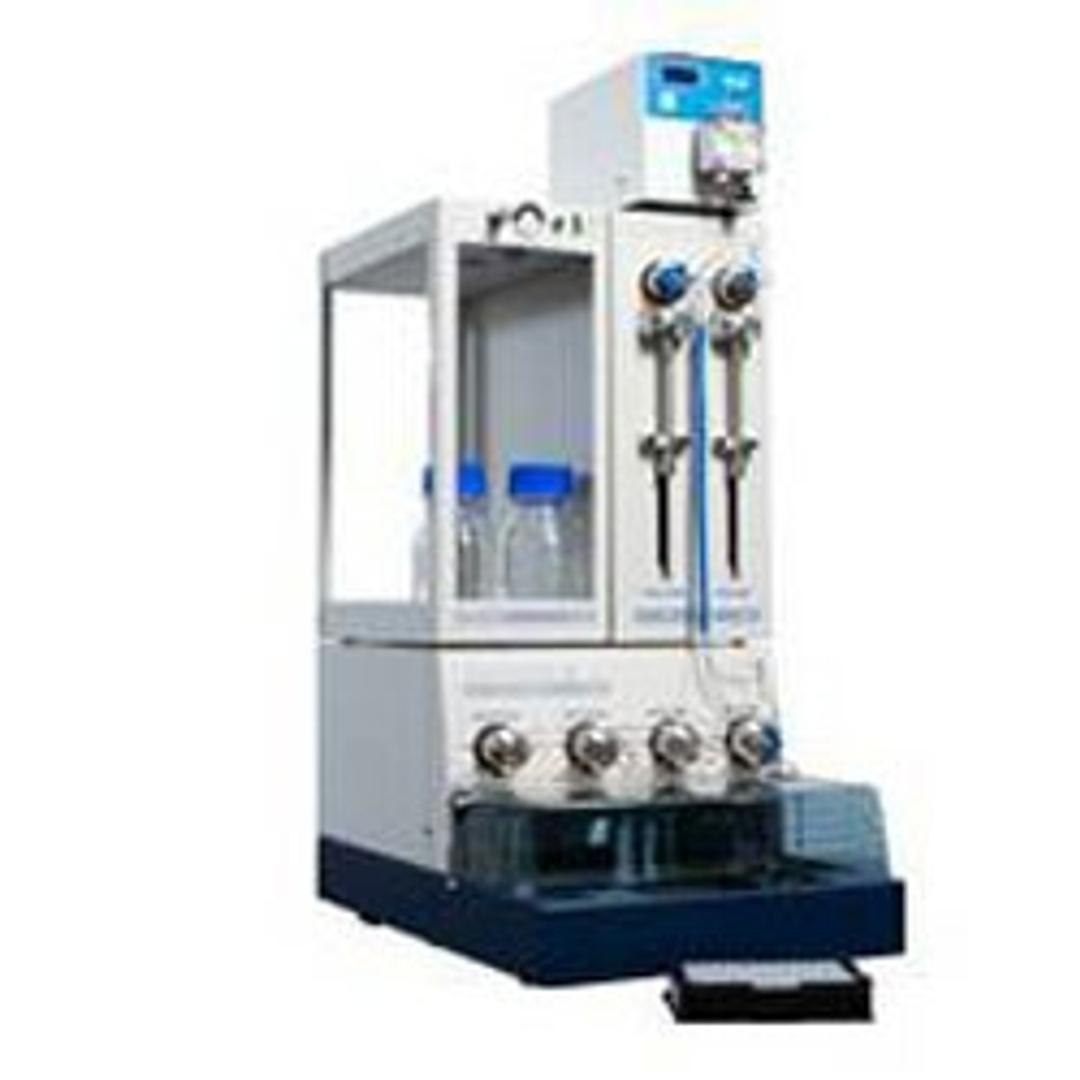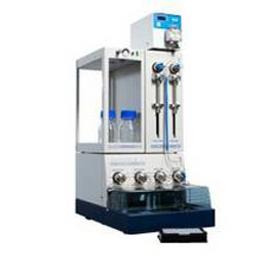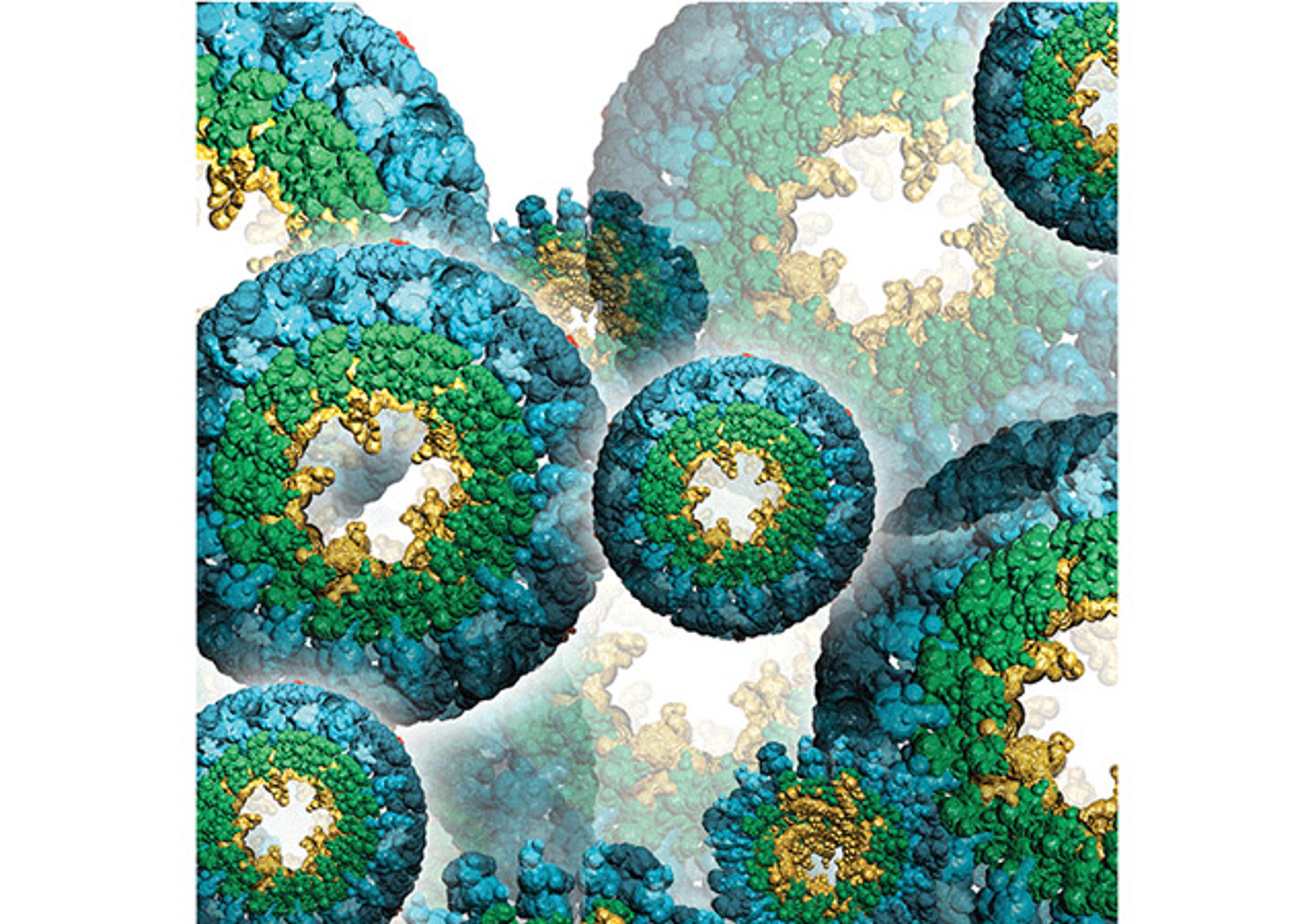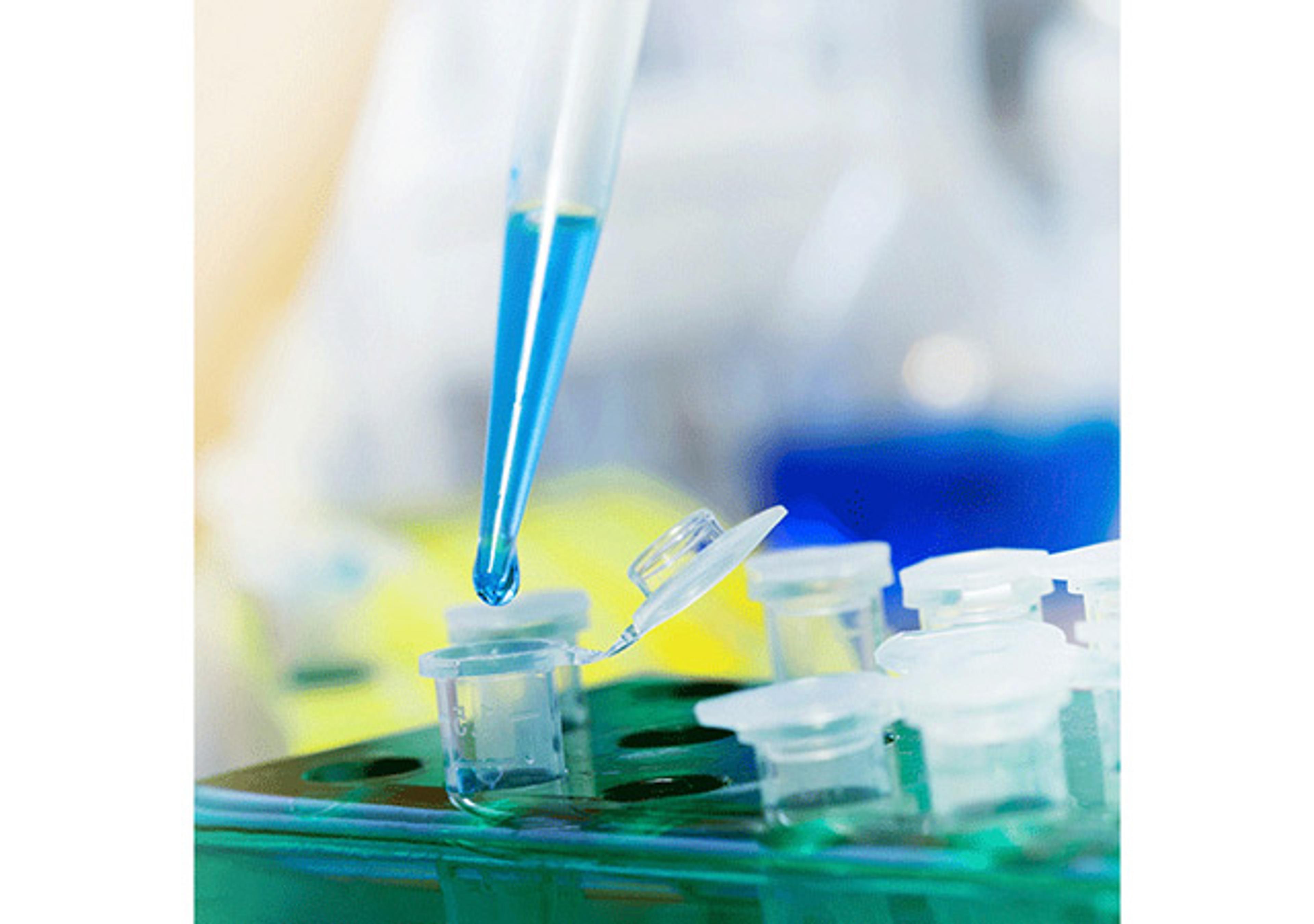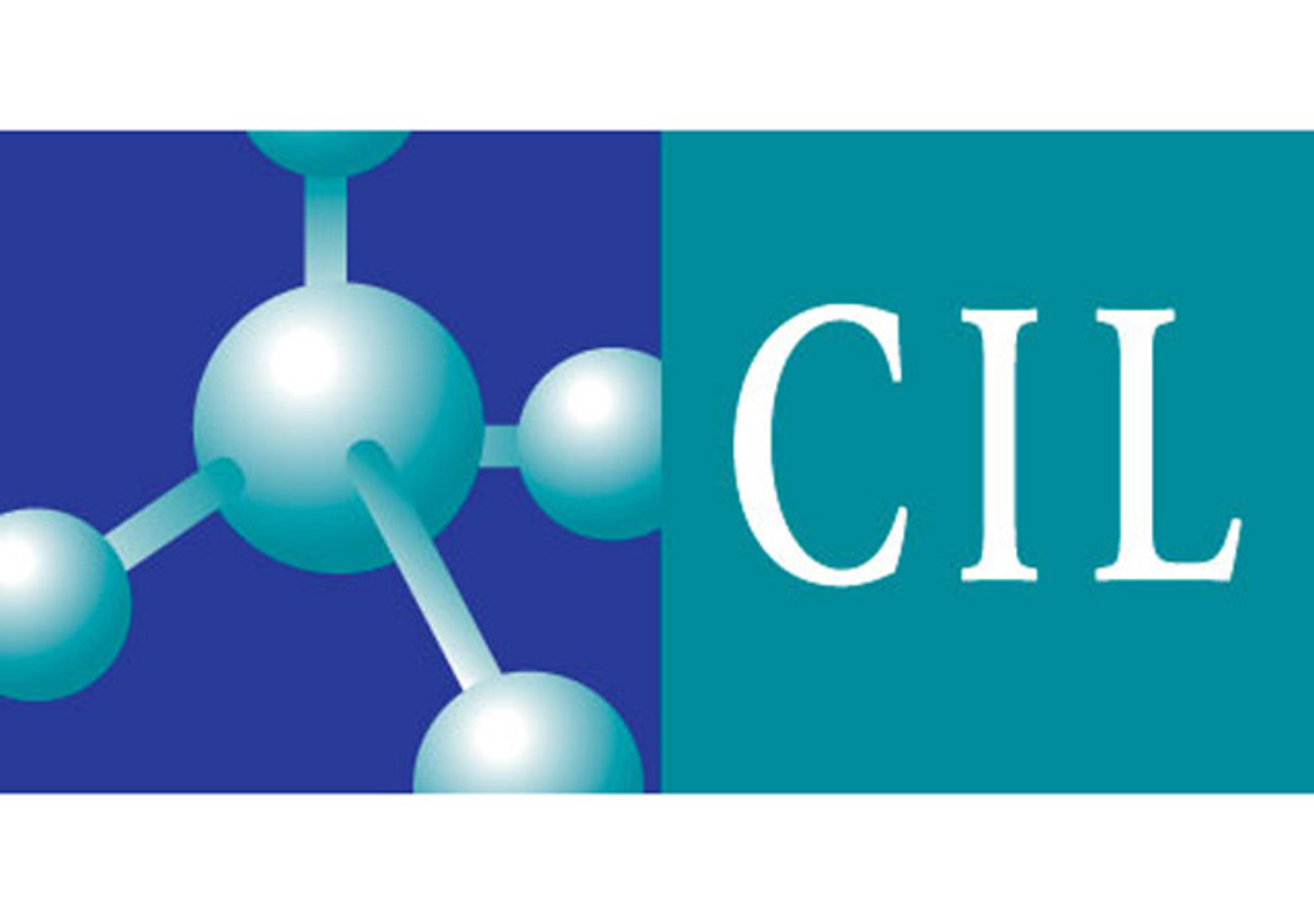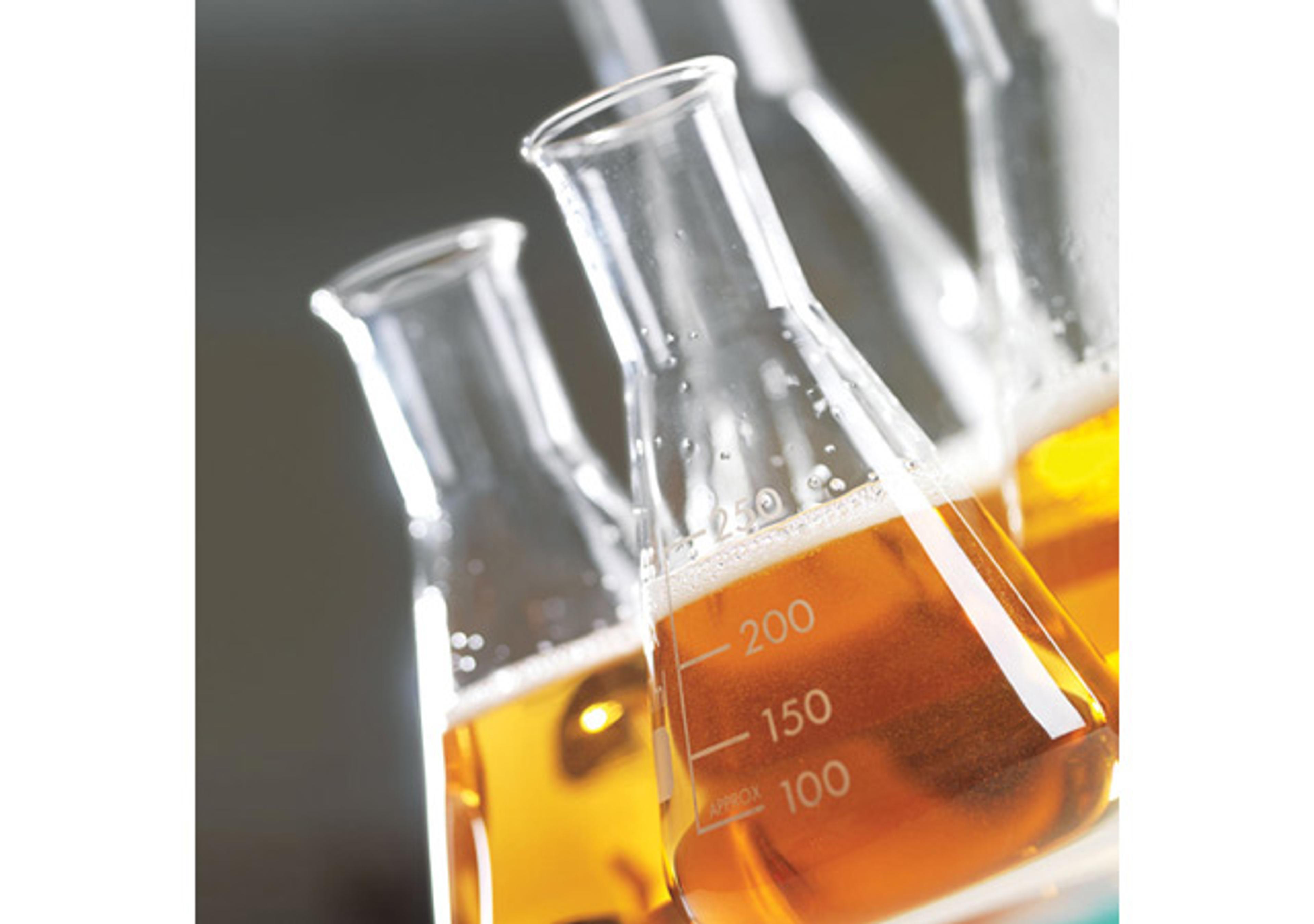LC-SPE-NMR
Solid Phase Extraction (SPE) System - The Latest Development in the Field of Hyphenated Techniques
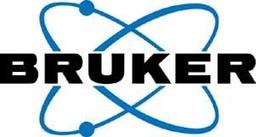
The supplier does not provide quotations for this product through SelectScience. You can search for similar products in our Product Directory.
Best instrument in the field of hyphenated techniques
Analyze metabolites
The best instrument in the field of hyphenated techniques is the usage of a Solid Phase Extraction (SPE) system. The chromatographic separation can be easily performed and the peaks of interest are trapped on an individual SPE cartridge after the column. The peak selection can be done by UV or by using MS. Only a small amount of sample is needed for analysis. Highly sensitive instrument.
Review Date: 18 Mar 2021 | Bruker BioSpin
The latest development in the field of hyphenated techniques is the usage of a Solid Phase Extraction (SPE) system as an interface between liquid chromatography (LC) and NMR.
The use of loop collection & transfer (BPSU-36/2) is an established analysis technique in LC-NMR. However, the samples are measured in the original eluent and concentration as provided by the chromatographic system. Interferences with the (protonated) eluents and low concentrations due to limited on-column loading are programmed.
For the process of LC-SPE NMR a chromatographic separation is done and the peaks of interest are trapped on an individual SPE cartridge after the column.
The peak selection is done either by UV detection or by evaluation of the on-line registered MS or MSn spectra. The trapped peaks are prepared for the NMR measurement (washed, dried, ...), the NMR spectrometer is equipped with a special flow probe and connected via capillaries to the SPE system. The peaks are transferred with a suitable (deuterated) solvent through the capillaries directly into the flow NMR probe or into 1.7-3mm NMR tubes in a SamplePro Tube liquid handler.
Features
- Chromatographic separation can be done with cheap non-deuterated solvents or even with additives which are not compatible with NMR spectroscopy.
- As no D2O is used in the eluent, no H-D exchange occurs during the chromatographic process which results in the correct mass information.
- Only small amounts (approx. 300 µl) of deuterated solvents are required for the transfer.
- The complete sample is eluted in a small volume (< 30 µl) of liquid from the SPE cartridge. Due to this concentration effect, a substantial increase in sensitivity by a factor of 2 to 4 is observed, especially for broader peaks.
- By multiple collection from subsequent chromatographic separations of the same sample the amount and concentration can be further increased, improving the sensitivity by a factor of 10 or more.
- The deuterated solvent which is used for the elution and transfer is independent of the chromatographic conditions and can be selected to improve spectral quality and make exchangeable protons observable in the NMR.
For this type of analysis BRUKER now provides a complete SPE-NMR system. The system consists of:
- A BRUKER/Spark Prospekt II Solid Phase extraction system.
- The HyStar software package which controls the whole process under automated conditions.
- A Flow NMR probe or a CryoFit with the detection volume adapted to the small volume of the peaks eluted from the cartridges. The CryoFit allows the setup of a flow NMR solution with any 5mm CryoProbe.
- Alternatively, a SamplePro Tube Liquid Handler that collects the eluted fractions into NMR tubes. This LC-SPE-TT setup allows the seamless integration of the NMR measurement into the workflow with NMR sample changer.
This new setup opens new dimensions for the coupling of LC and NMR:
- Heteronuclear experiments with concentrations of LC-NMR were previously only possible in a limited number of cases, but now have become standard experiments.
- The availability of HSQC and HMBC type experiments opens the possibility of using LC-(SPE) NMR for the structural elucidation of complete unknowns, for example, observed in the screening of plant extracts.
Whereas LC-NMR was mainly performed with field strengths of 500 MHz and higher, with SPE the coupling of LC and NMR at lower fields is now possible.

